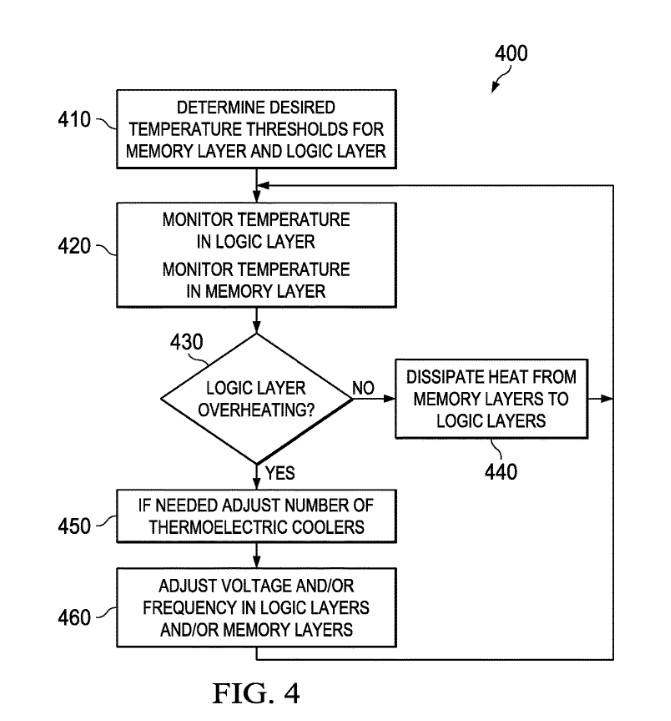That seems more of an issue with this the first iteration of v-cache CPUs than a fundamental issue with the technology.
I'm also not sure that water cooling is a viable solution if this is supposed to be able to expand beyond a niche product for gamers that want nothing short of the best. But if there aren't enough other niches for v-cache anyway then it hardly matters because only the crowd that wants to use a water block in their CPU/GPU already would buy one.
Isn’t the overclocking limitation not due to thermals? It seemed to mostly be a voltage limitation on the cache die. That would make sense since it was mostly designed for Epyc with lower clock / lower per core power consumption. It Is a massive performance boost for some applications in the server / HPC market, so it is likely in high demand there.
Most of the discussion here is kind of irrelevant because the cpu is not really that relevant to a lot of gaming. For most gaming, any of the CPUs in the benchmarks will achieve a very high frame rate. If the lowest processor on the list already hits more than 100 fps, then is it worth getting the more expensive part? Most real gaming scenarios are gpu limited anyway. There are a few cases where it makes a big difference, so if those are your thing, then it is a great cpu. “Fastest Gaming Processor” is a marketing thing, so I understand a little of the sentiment, but that doesn’t mean that it isn’t a good product. If you think of it as just a faster XT-like part, then what is the problem?
There mostly isn’t going to be any choice between getting a 5800X3D and an intel part rendering much of the discussion here moot. If you already have an AM4 board with DDR4, would you really consider switching to Intel; price of 5800X3D vs. new (and expensive) motherboard, DDR5, and CPU (really expensive if you go with the top intel overclocked marketing part)? Not likely. Most people who buy this are going to be getting it to upgrade an older system. Reviewers should focus on whether it is worth the price for a 3000 or 5000 series owner vs. cheaper parts, like a 5700X.
The v-cache part is the same thickness as a regular part and the thermal interface between the pieces off silicon is probably very good since the pieces are polished down to exceptional flatness. I am wondering about cooling if or when we see the 4 (or more) high stacks of v-cache. Four high may still be coming for Milan-x at some point. If they want to make stacks of more demanding chips, like multiple layers of CPUs, then that is where the extreme cooling is needed. I was wondering about some of the images posted earlier that showed extremely thick die. Those are most likely just a rendering, but the Zen 4 package is strangely thick. I have wondered if they might integrate some extreme cooling into some chips. Something like an integrated vapor chamber ash the “lid” or some other extreme cooling.
Edit: this is one of the things I was thinking of. Integrate TEC (thermo-electric cooler or peltier).
Scaling and manufacturing of ever shrinking semiconductor devices is becoming more challenging as smaller nodes are introduced. As we have approached 7 nanometers, economies of scale are becoming more influential than scales of manufacturing. For example, the development of the 7 nm node...

www.techpowerup.com







